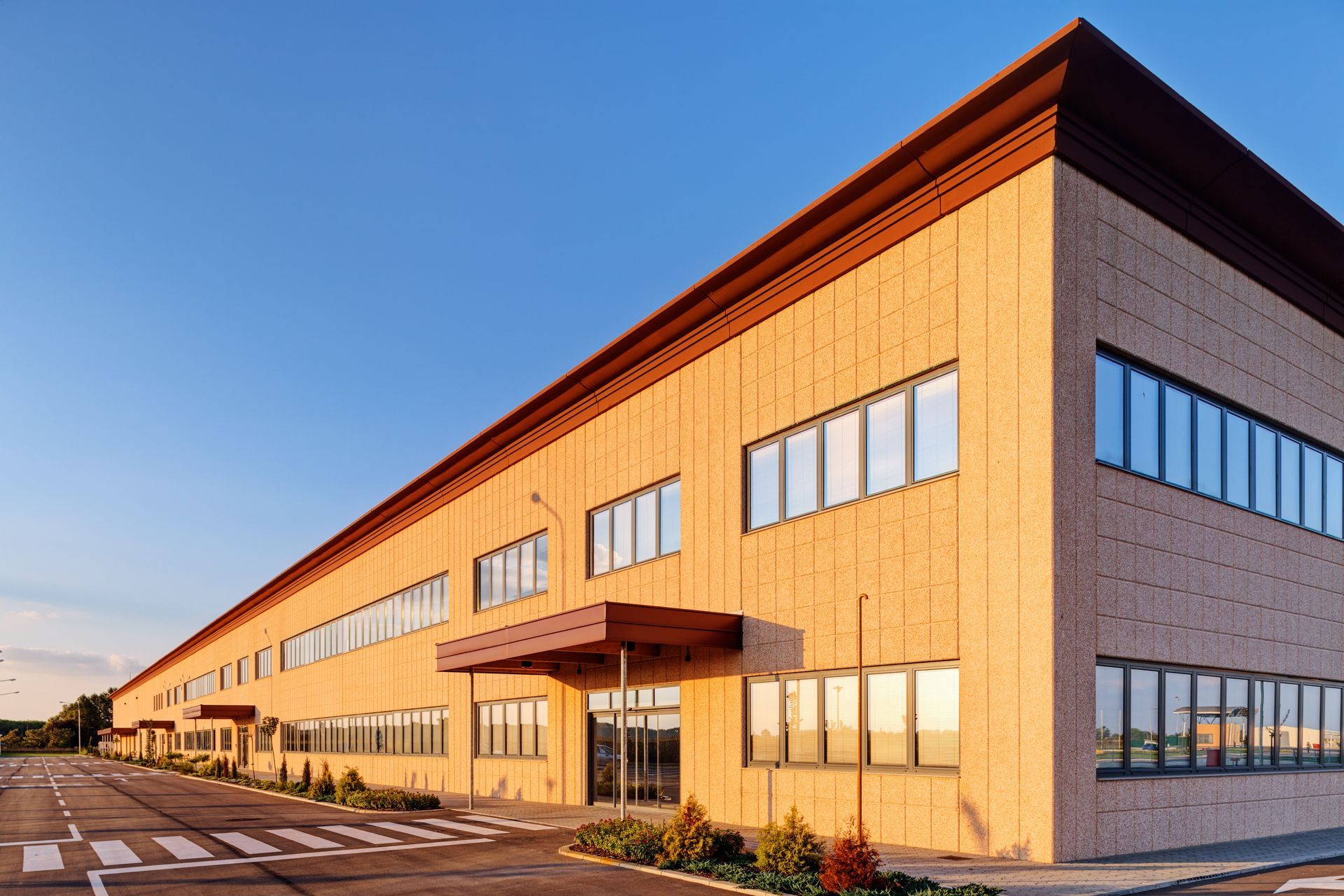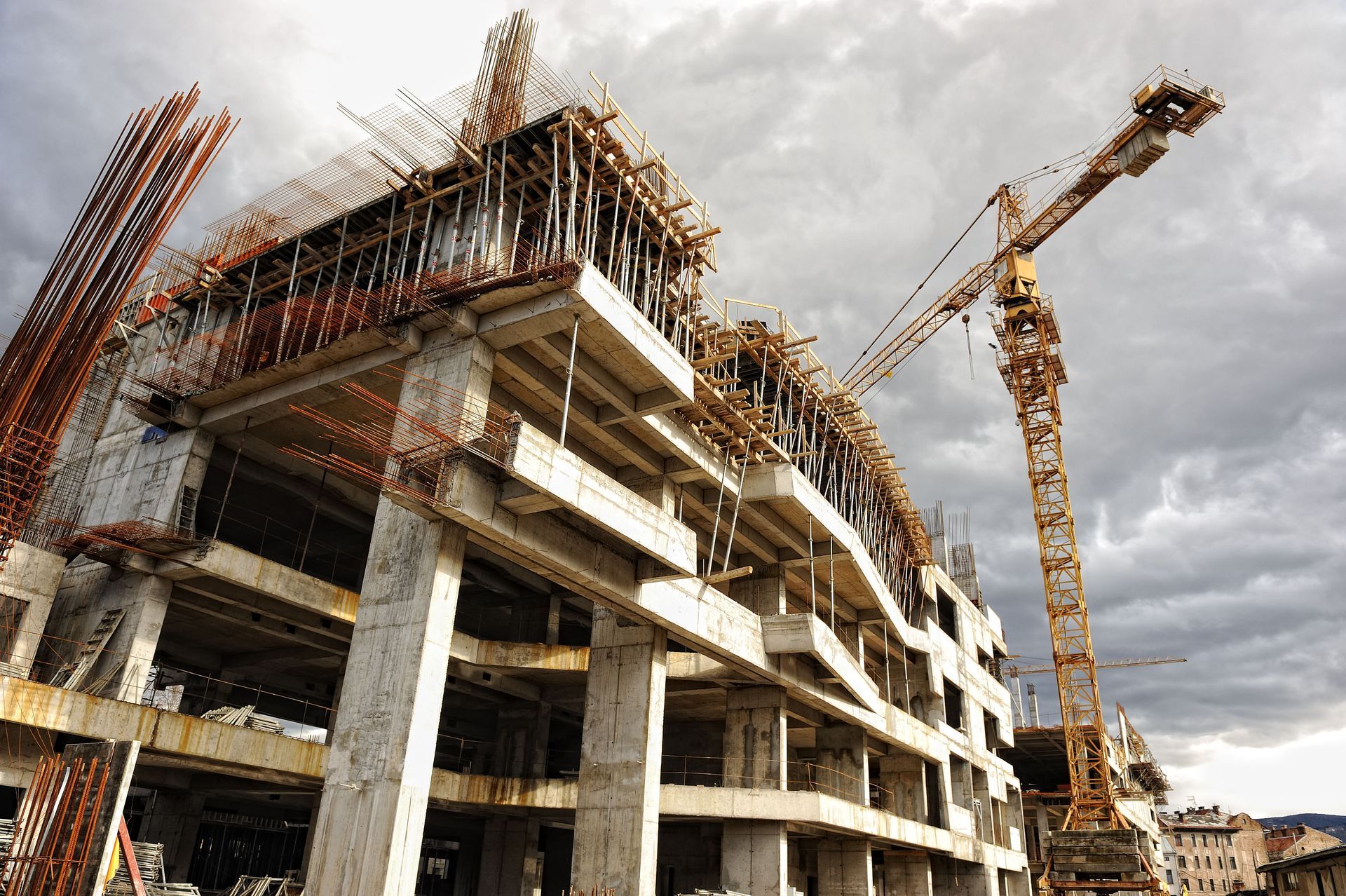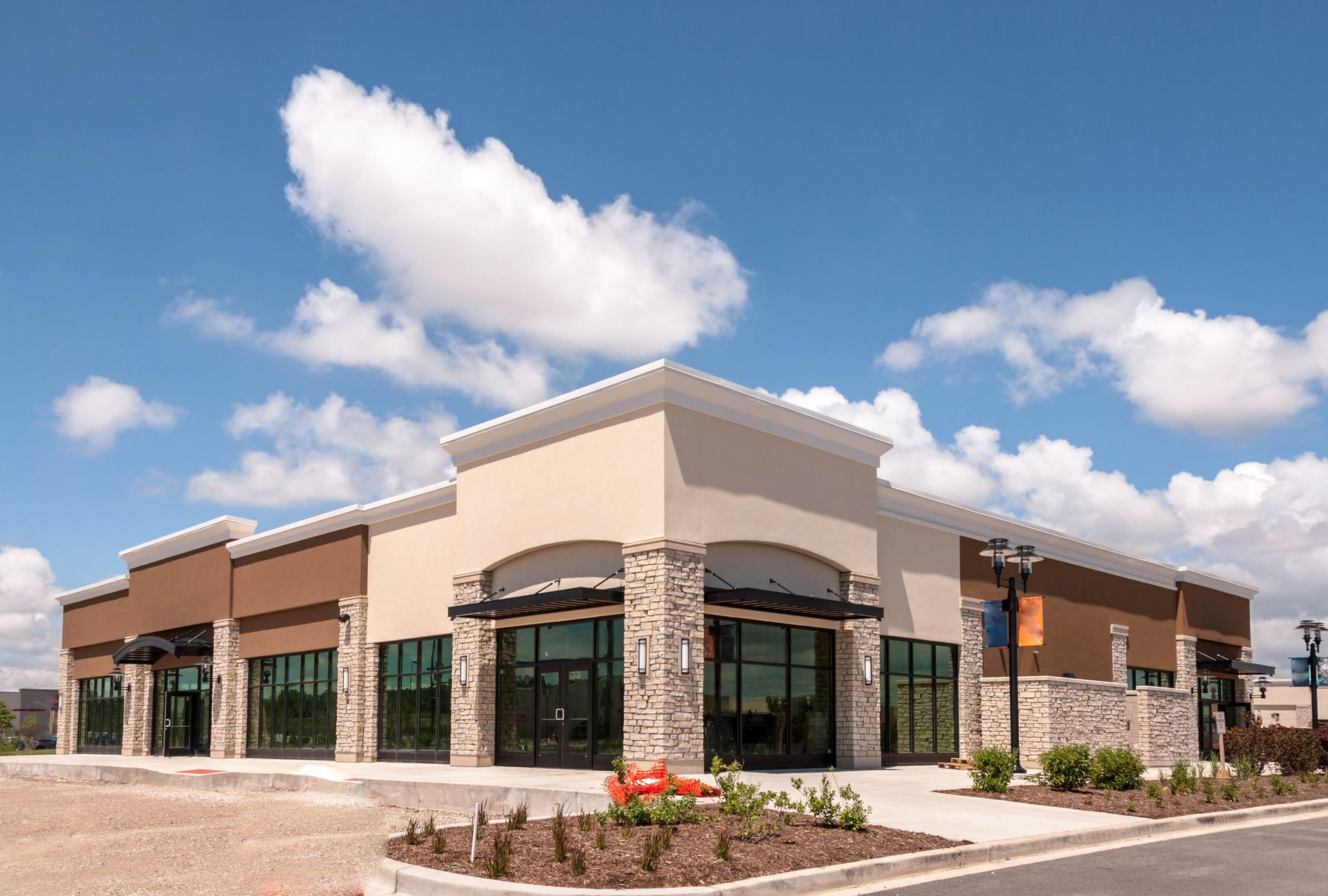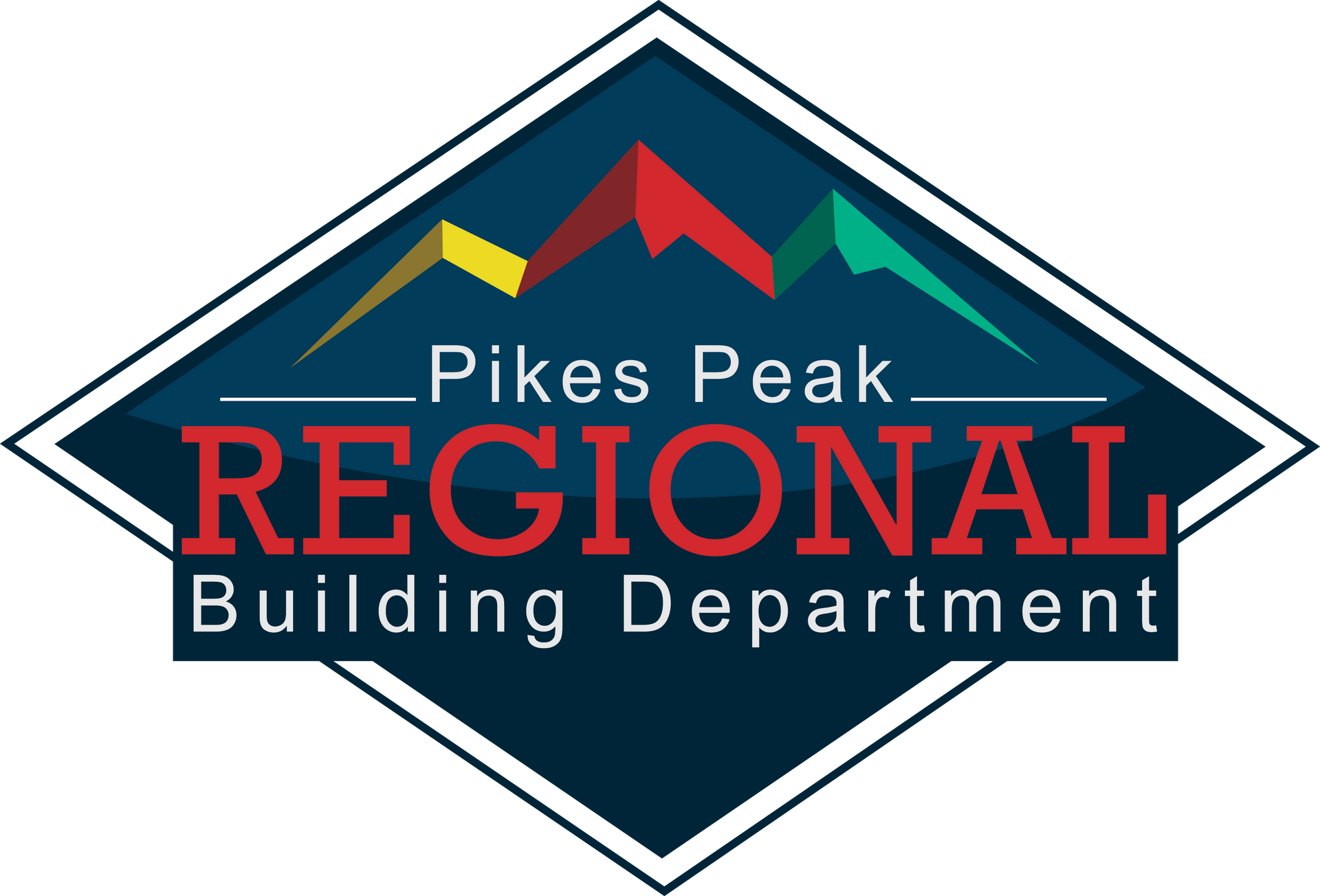Transforming Business Spaces: The Role of a Commercial General Contractor
This article explores the essential role that a commercial general contractor plays in shaping and transforming business spaces. From project inception to completion, these professionals provide expertise that ensures the successful realization of business environments. Their involvement is crucial for understanding and implementing client visions while managing logistical challenges. Through this informed coordination, contractors help businesses construct spaces that are not only functional but also resilient to future industry trends. This article delves into the various aspects of how commercial general contractors significantly impact the transformation of modern business spaces.
The Foundation of Successful Commercial Projects
Understanding Client Vision and Needs
Commercial general contractors act as the bridge between client expectations and project reality. They prioritize understanding the specific needs and visions of their clients to ensure functional space design. Effective communication builds a strong foundation in the pre-construction phase, allowing contractors to tailor their strategies accordingly. By aligning the project's objectives with client goals, contractors can facilitate seamless project execution. This client-focused approach leads to the creation of business spaces that are both aesthetically pleasing and operationally efficient.
Coordinating Architectural and Engineering Inputs
Beyond understanding client needs, contractors must collaborate closely with architects and engineers. This collaboration involves iterative reviews of design documents, adjusting plans to meet both creative and technical specifications. It is critical that contractors effectively coordinate these inputs to maintain project consistency and integrity. Such involvement ensures that architectural design is achievable under realistic construction constraints, thereby minimizing potential issues during the build phase. Effective coordination results in optimized design solutions and contributes to seamless project advancements.
Setting Project Timelines and Budgets
Commercial general contractors are instrumental in establishing project timelines and budgets. They meticulously plan each stage, setting realistic deadlines to ensure timely completion. Budget management is equally crucial, as contractors balance cost considerations with quality goals. By doing so, they mitigate the risk of budget overruns and safeguard against resource shortages. Through methodical management, contractors provide a clear roadmap for the project's progression, adhering to time and financial frameworks that satisfy clients and stakeholders alike.
Ensuring Regulatory Compliance and Permitting
A critical role of a commercial general contractor is ensuring that projects comply with all applicable regulations. This involves obtaining necessary permits and adhering to building codes and safety standards. Contractors must stay informed about changing regulations to avoid legal setbacks and costly delays. Their expertise in navigating these complex frameworks helps streamline the construction process while maintaining compliance. As experts in legal and safety requirements, contractors safeguard the project from inception to completion, instilling confidence in clients and stakeholders.
Assembling and Leading Expert Teams
The assembly of skilled teams is another core responsibility of a commercial general contractor. Their leadership involves recruiting specialists who possess the necessary skills to handle varied construction demands. Effective team management ensures each phase of the project receives expert attention, which ultimately elevates the quality and efficiency of the build. By seeking collaborative input from specialized trades, contractors foster innovation and creativity in constructing business spaces. Their adept leadership empowers teams to execute tasks with precision, ensuring project success.
Key Phases in Commercial Construction
Pre-Construction Planning
Pre-construction planning sets the stage for the entire project, providing a roadmap to address logistical concerns and resource allocation. During this phase, commercial general contractors engage in site assessments, feasibility studies, and risk analysis. These steps are vital for anticipating challenges and ensuring a smooth transition into the design development phase. Contractors also meet with stakeholders to ensure all parties are aligned with the project's goals and timelines. Comprehensive pre-construction planning fosters a proactive approach to project management, mitigating unexpected setbacks.
Design Development
In the design development phase, contractors work closely with architects and designers to refine project blueprints. This collaboration is essential to align creative visions with practical construction methodologies. Contractors provide critical feedback that balances innovation with feasibility, ensuring that designs are both visionary and implementable. The ongoing dialogue between creative and technical teams results in a thorough design that meets client expectations. Successful design development reduces the likelihood of costly modifications during construction, sustaining project momentum.
Construction Management
Construction management is the heart of turning conceptual designs into tangible business spaces. Contractors coordinate daily operations, overseeing project tasks and supervising workforce activities. They address unexpected issues swiftly, ensuring that the construction process maintains its course. Effective communication and relationship management with subcontractors promote a cohesive build environment. By exercising meticulous quality control and safety oversight, contractors guarantee that the final construction aligns with the expected standards of excellence.
Post-Construction Evaluation
Post-construction evaluation is a critical phase where contractors assess the completed project against initial objectives. The analysis includes examining build quality, functionality, and adherence to budget and timelines. This reflective evaluation helps contractors identify lessons learned, which informs future projects and construction methodologies. Engaging clients during this phase provides valuable feedback for continuous improvement. Contractors leverage this phase to enhance client satisfaction by ensuring that all project deliverables meet the predetermined benchmarks.
Project Handover and Client Feedback
During project handover, contractors formally transition the completed project to the client. This handover includes thorough walkthroughs and detailed documentation that ensure clients are well-informed about their new space. Contractors also collect client feedback, an essential component of maintaining relationships and measuring project success. This feedback loop allows contractors to refine their processes based on client insights, driving improvement in future projects. Successful handover ensures a seamless transition for clients, serving as a testament to the contractor's commitment to quality and service delivery.
Technology Integration in Modern Commercial Spaces
Adopting Smart Building Technologies
Incorporating smart building technologies is becoming increasingly vital in modern commercial spaces. These technologies enhance the efficiency and functionality of structures, offering clients advanced solutions for monitoring and control. Contractors who stay ahead of these trends provide invaluable insight into technology integration during the design phase. Smart systems, such as automated lighting and HVAC controls, offer significant energy savings and improved environmental comfort. As these technologies become industry standards, contractors play a critical role in ensuring their successful implementation.
Integration of Sustainable Practices
Sustainable practices are at the forefront of commercial construction, reflecting a growing commitment to environmental stewardship. Commercial general contractors are tasked with integrating green building methods and materials into projects. By prioritizing sustainable architecture, they help reduce a building's carbon footprint while enhancing its operational efficiency. These practices align with global initiatives for sustainability, attracting environmentally conscious clients. Construction methods that minimize waste and optimize resource use are not only beneficial for the environment but also contribute to long-term cost savings.
Utilizing Building Information Modeling (BIM)
Building Information Modeling (BIM) has revolutionized the construction industry by enhancing project visualization and coordination. Commercial general contractors can leverage BIM to streamline project management, minimize errors, and reduce rework. It allows for dynamic modeling and real-time updates, enabling effective communication between various project stakeholders. By integrating BIM into their processes, contractors can offer clients transparent insights into project development. This technological advancement is key to delivering complex commercial spaces on time and within budget, meeting the high standards of modern construction projects.
Commercial general contractors are pivotal in navigating the complexity of modern business space transformation. Their expertise not only ensures structures are functional and efficient but also adaptable to future innovations and business needs. As they embrace technology, sustainability, and collaborative approaches, contractors play a crucial role in constructing spaces that reflect changing market dynamics and modern priorities. In a growing municipality construction industry market, the role of contractors becomes critical in maintaining the momentum at a 1.1% CAGR between 2020 and 2025, according to IBISWorld. Overall, the contributions of commercial general contractors are indispensable for creating commercial environments that support business evolution and excellence. Contact Ed Green Construction to learn more!








Share On: